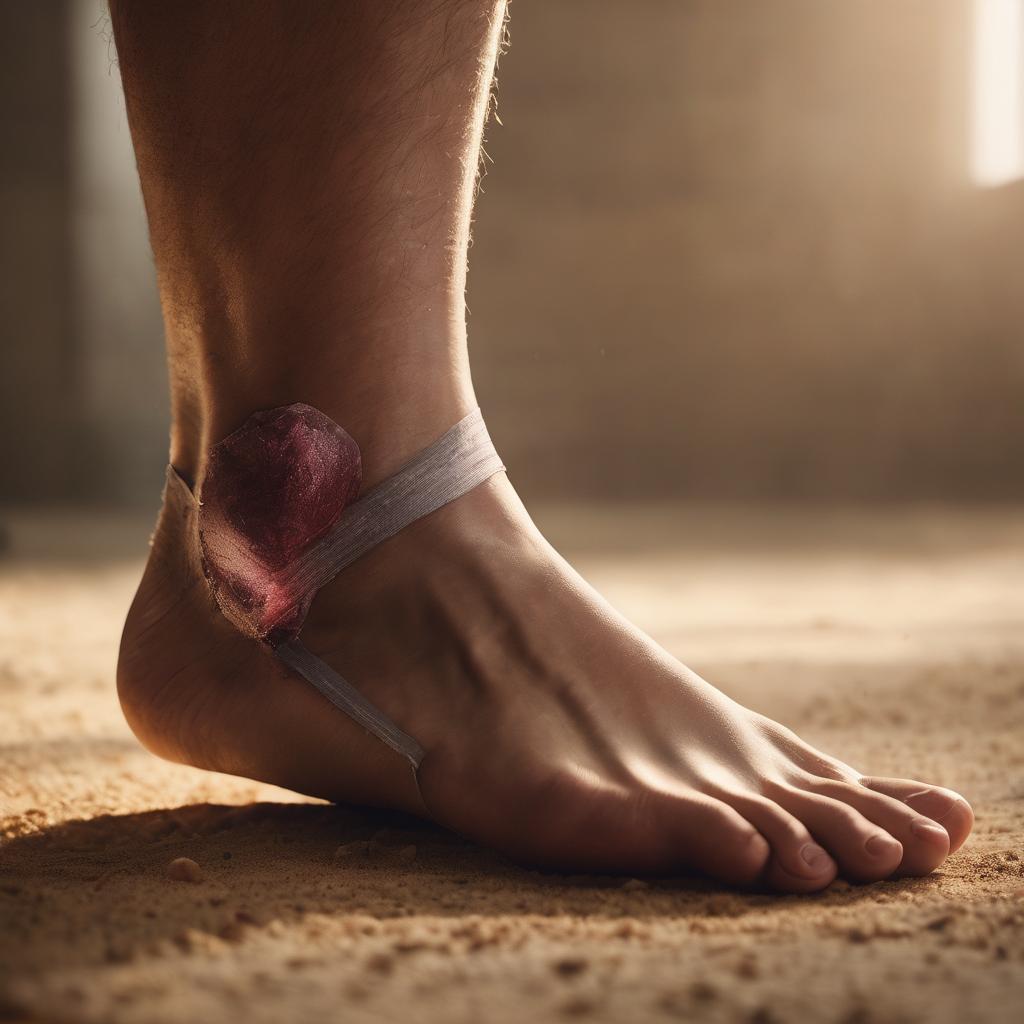FIXUS AI prediction platform at the forefront of foot and ankle orthopedics provides cutting-edge prediction models developed through pioneering data analysis and AI methodologies that stand ready to empower clinicians. Our suite of predictive tools forecasts outcomes, complications, prognoses, and treatment methods for diverse foot and ankle orthopedic conditions. Leveraging novel techniques, these models serve as invaluable aids, offering data-driven insights to guide clinical decision-making and enhance patient care.
Surgical Site Infections (SSI)
Surgical site infections (SSI) in foot and ankle surgeries present a notable challenge due to their frequency and impact on patients. SSIs can result in prolonged hospital stays, increased healthcare costs, and significant patient discomfort. The intricate nature of foot and ankle surgeries, often involving weight-bearing areas, makes SSIs particularly concerning as they can impede post-operative recovery, delay rehabilitation, and even lead to long-term complications such as chronic pain or limb-threatening conditions. Preventing these infections is crucial not only to minimize patient suffering but also to reduce healthcare costs and ensure successful surgical outcomes. Predictive measures and stringent infection control protocols play a pivotal role in preemptively addressing risk factors, optimizing surgical techniques, and employing proper wound care strategies, thereby mitigating the incidence and burden of SSIs in foot and ankle surgery.
Prediction of SSI After Ankle Fracture
Unveiling a pioneering AI-driven prediction tool, meticulously honed on expansive datasets and expert annotations, capable of remarkably accurate forecasts of surgical site infections (SSI) following ankle fractures.

Zaloo®: Venous Thromboembolism (VTE)
Venous thromboembolism (VTE) poses a significant risk following foot and ankle surgery, with an incidence that can’t be overlooked. The immobility post-surgery, alteration in blood flow, and specific patient factors contribute to its occurrence. The burden it brings, from potential complications like deep vein thrombosis (DVT) or pulmonary embolism (PE), can be severe, impacting patient recovery, prolonging hospital stays, and even leading to mortality in extreme cases. Predicting and preventing VTE in foot and ankle surgery is crucial to mitigate these risks and reduce morbidity and mortality rates. Prophylactic measures such as early mobilization, compression stockings, and pharmacological interventions help minimize VTE’s occurrence, ensuring better post-operative outcomes and patient well-being.
Prediction of VTE After Ankle Fracture
Introducing a groundbreaking AI-driven predictive tool meticulously crafted from a vast, intricately annotated database by leading experts in the field. This is a revolutionary innovation specifically designed for forecasting both Venous Thromboembolism (VTE) and Bleeding Adverse Events (BAE) following ankle fractures.

Disclaimer: These prediction models are provided for informational purposes only. The results and information generated by these models are not a substitute for professional clinical advice, diagnosis, or treatment. The predictions generated should not be solely relied upon to make decisions about your health or medical conditions.
While every effort has been made to ensure the accuracy and reliability of this prediction model, it is important to note that no prediction model can replace the expertise, judgment, and personalized care provided by a qualified healthcare professional.
By using these prediction models, you acknowledge and agree that:
- The information provided is not a guarantee of accuracy or completeness.
- The results should be interpreted cautiously and not used as the sole basis for making healthcare decisions.
- You should consult with a licensed healthcare professional or medical practitioner for personalized advice and diagnosis concerning your specific health condition or situation.
We disclaim any responsibility for any loss, injury, or damage incurred as a consequence, directly or indirectly, of the use and application of the information provided by these prediction models.
By continuing to use these prediction models, you acknowledge that you have read, understood, and agree to this disclaimer.

